Maynard Harrison “Snuffy” Smith was such a screw-up, he joined the US Army to avoid jail. He earned the nickname, “Snuffy Smith,” because no one could stand him, either on base or off of it. That was the polite version. They also called him “Sad Sack”. Despite this, his first mission made him the first living recipient of the Medal of Honor in the European theater (after Jimmy Doolittle in the Pacific), as well as the first enlisted airman to receive it.
Smith was born to a wealthy family and developed delusions of grandeur. Horrified at what they had produced, his parents sent him to a military academy to fix him, but it did no good. He found work as a tax collector, but when his father died, he quit to live with his mother, retire on his inheritance and give lectures to anyone who’d stand still long enough.
Which was how he got in trouble. A woman stood still long enough, they got married, had a child, and then he abandoned them. He was 31 years old, and it was 1942, so a judge gave him a choice: pay child support or go to jail. Smith chose the third option: he ran. So they caught him and gave him another choice: go to jail or join the army.
Smith chose the latter and volunteered to train at the Aerial Gunnery School in Harlingen, Texas where he became a sergeant. After more training at Casper, Wyoming, he became a Staff Sergeant and was sent to Thurleigh, England in March 1943 as part of the 423rd Squadron, 306th Bomb Group.
As soon as they got to Europe, men were put to use right away, but not Smith. No one liked him or wanted to fly with him, so he spent his time at pubs giving locals the benefit of his wisdom and earning another nickname that cannot be published.
It couldn’t last, of course. The 8th Air Force flew at least two missions a week over the Europe. Their main targets included the German submarine pens at St. Nazaire in Nazi-occupied France. Because of its importance, it was so heavily defended that the Allies started calling it “flak city,” but that wasn’t all.
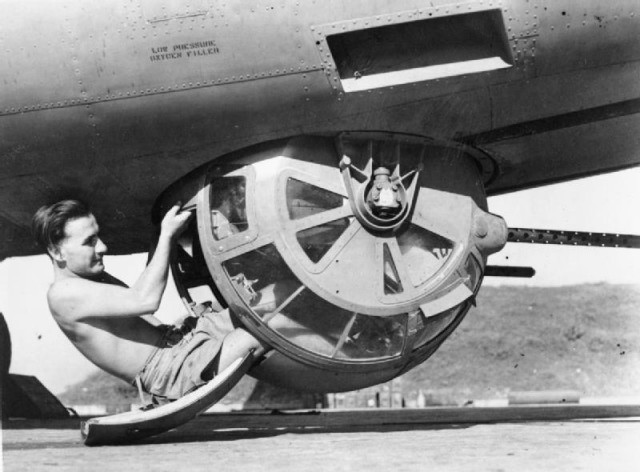
To get from their base to St. Nazaire, they first had to fly past Lorient and Brest, which were also heavily defended. Not all on board the planes sent to bomb St. Nazaire made it back alive, and of those who did, many could no longer serve because of their injuries. A flight crew had to trust and work with each other, but no one liked, trusted, or could work with Smith – which was how he avoided action for six weeks.
On the last day of April, however, Lieutenant Lewis P. Johnson had to pilot his B-17 Flying Fortress with eight other veterans, but it wasn’t enough. They needed another to man the ball turret, and Johnson drew the short straw – he got Smith.
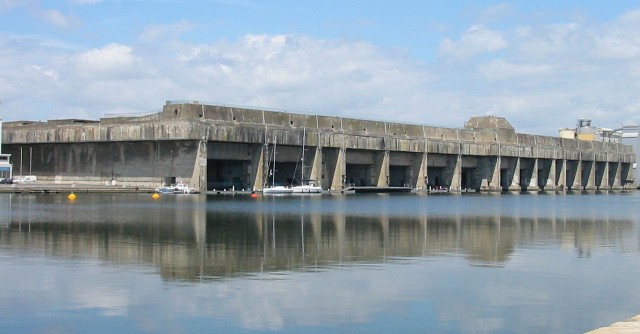
On 1 May 1943, Smith’s squadron flew toward the mainland. They were to rendezvous with other B-17s from the 91st, 303rd, and 305th Bomb Groups – a total of 78 Fortresses to deal with St. Nazaire.
It didn’t go well. Twenty didn’t make the rendezvous and had to speed up, the strain of which forced five to return to base. Mechanical problems forced another six bombers back while the bad weather made another 38 do the same. That left only 29.
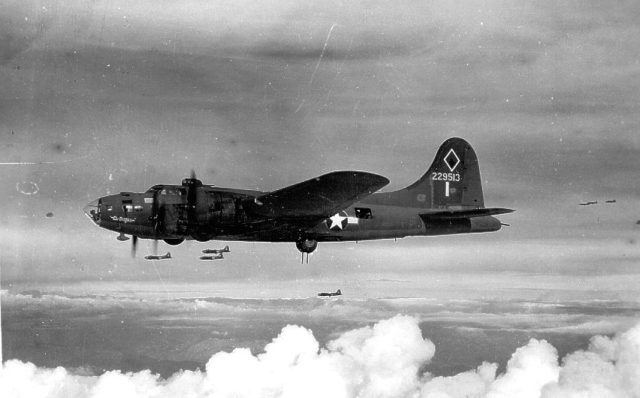
It was enough. They dropped their bombs then veered off toward the Atlantic. Enemy planes took to the air, but they were too late as the bombers managed to elude them by flying into a large cloud bank. The Allies sighed in relief. They’d suffered no losses as they made their way back to Britain. Or so they thought.
However, in the cloud bank, the lead navigator made a mistake by turning east too early. They were still flying over France’s northwestern peninsula, a trajectory that took them directly to Brest. The Germans greeted them with flak from the ground, and while their planes had been too slow to respond at St. Nazaire, Brest was another matter.
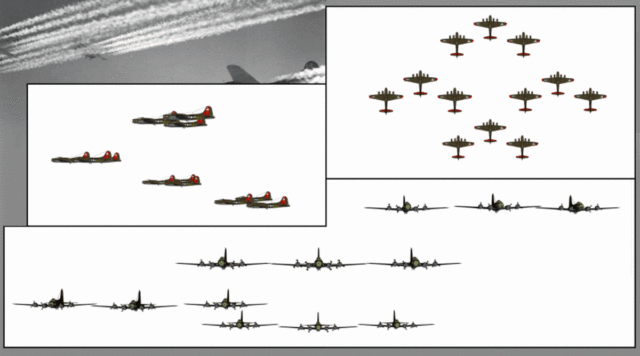
As many as 20 enemy fighters attacked the formation, and two Fortresses were shot out of the sky, so Johnson dropped his bomber to avoid the oncoming enemy fighters as Smith began firing back. Their B-17 was hit by 20mm cannon fire but managed to steer toward the English Channel before an enemy pilot got lucky.
An explosion rocked the plane. Communications went down; controls went haywire, Technical Sergeant William W. Fahrenhold who was in the cockpit was ordered by Johnson to check out the damage. He opened the door to see what he could do. He couldn’t do anything. The central part of the plane was on fire, so he shut the door again. Johnson, Fahrenhold, and 1st Lieutenant Robert McCallum (the copilot) were trapped and couldn’t communicate with the rest of the crew.
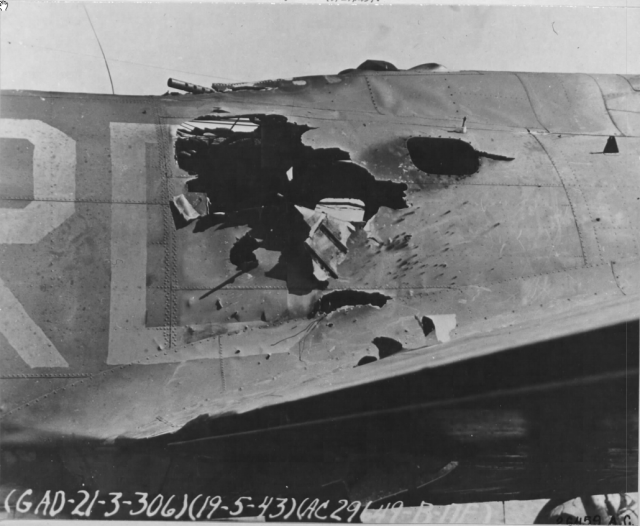
The ball turret didn’t work either, but Smith managed to climb out to find the radio compartment and the center section of the plane on fire. Radioman Harry Bean ran past him with a parachute and jumped out over the channel. Waist gunners Joseph Bukacek and Robert Folliard did the same.
He was isolated from the crew up front and at first did not know whether they had bailed out or been killed, but since the B-17 seemed to be holding formation, he assumed that the pilot, at least, was alive and at the controls.
Wrapping his sweater around his face, Smith grabbed a fire extinguisher and took care of the radio room… just as Roy Gibson, the tail gunner, crawled out of the burning tail toward him. Smith dragged him away and saw that he had been shot in the back. He rolled the man over to keep him from drowning in his own blood, gave him a shot of morphine, and went back to work on the radio room fire till he was interrupted by a Focke Wulf 190 lining up for a shot.
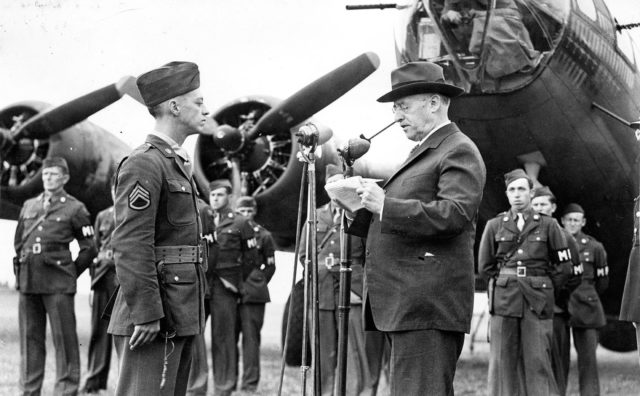
Dropping the extinguisher, Smith fired 50-caliber rounds at the enemy plane. It veered off, leaving him to get back to the fire. Seeing a large hole in the fuselage, he jumped into the room and began throwing the burning debris out of the plane. Then ammunition boxes began exploding, so he threw those out, too.
But another plane attacked them, so again he ran to the waist gun, fired, then returned to the fire until the extinguisher was empty. He then used the contents of a water bottle, the contents of a urine bottle, and finally unzipped his pants. But he didn’t have enough juice, either.
Desperate, he began hitting the flames with his hands and feet till his clothes smoldered, but that did no good either. Then another enemy fighter dove on them. Smith had had enough. Running to the waist gun for the third time he managed to score several hits on the enemy plane, then went back to the fire till Gibson groaned.
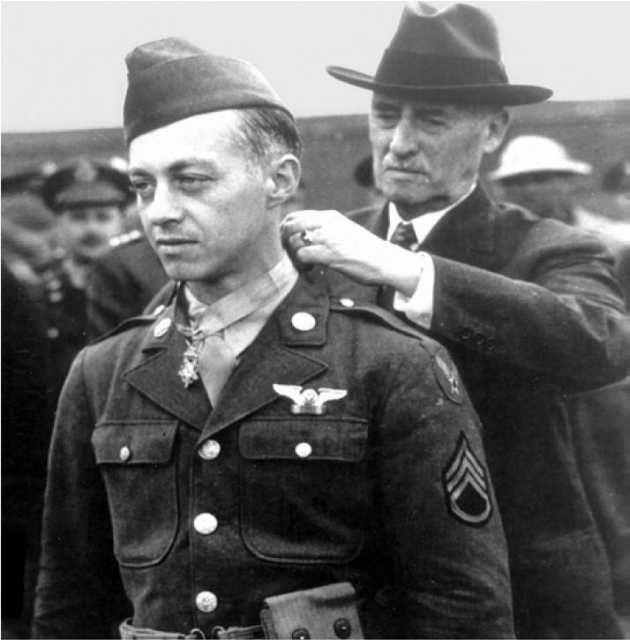
He spent the next hour and a half tending to the man, shooting at German planes, and finally managing to put out the fire which had burned so hot that metal had melted. Fearing that the heat had weakened the B-17’s fuselage, he threw out everything in the rear of the plane that wasn’t too hot, too heavy, or bolted down.
Johnson got them back to base, but the landing was the last straw. The plane broke in two.
Smith’s bomber had been hit with more than 3,500 bullets and pieces of shrapnel.
Except for the three who jumped, they all lived. They let Smith fly more missions, but he still wasn’t liked, and his attitude hadn’t improved. When he was late for a mission because he had stayed out too late, he was punished with kitchen duty.
His awarding ceremony was great, however. President Franklin Roosevelt understood the PR value of the event, so full military honors were prepared. Even Secretary of War Henry L. Stimson flew out to give Smith his Medal of Honor, but nobody bothered to tell Smith about it. They found him in the kitchen doing cleaning work.
